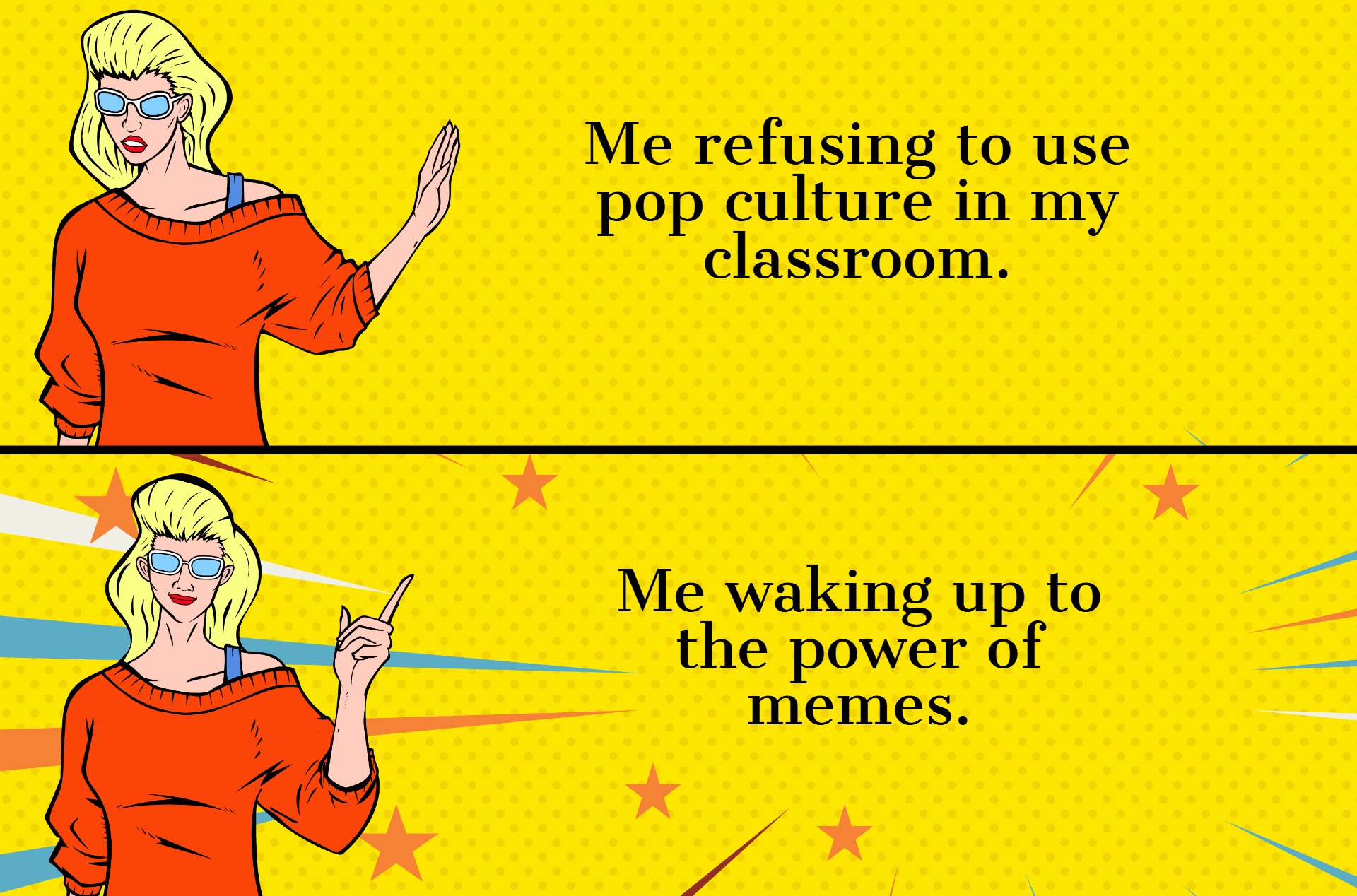Three tips for crafting a great teaching philosophy statement
Teaching statements are living documents –they change and grow alongside your instructional practice.

Question:
I keep redrafting my teaching statement for job applications, and keep feeling dissatisfied with how I describe what I do in the classroom. How do I know when my statement of teaching philosophy is good enough?
– Anonymous, Nursing
Dr. Editor’s response:
Teaching statements are sometimes called living documents because they change and grow alongside your instructional practice — so thinking of your teaching statement as “good enough” rather than “done” seems to me to be an appropriate frame for this specific genre. Assuming that you’ve received good feedback from trusted colleagues and, if applicable, your institution’s centre of teaching and learning, I suggest a three-part test to assess whether you can stop tinkering with your teaching statement.
1. Does your teaching statement speak to how students learn?
A teaching statement shouldn’t simply state how you teach — it should address why you teach the way you do. To borrow the language of Lee Shulman (2005), your teaching statement should address the deep structure that underlies your work, articulating your understanding about how to best impart your discipline’s knowledge and methods.
Many teaching statements focus on descriptions of in-class techniques — what Dr. Shulman calls surface structure. These details are helpful illustrations of practice, but without an accompanying argument about what unifies your in-class techniques, your teaching statement risks seeming superficial.
When I’m working with a client whose draft teaching statement is largely surface structure, I like to get them on the phone and ask them questions about what they do as an instructor. My questions include:
- What’s your favourite class of the semester?
- How does your approach in that class fit with what you’re doing over the term?
- Do you do the same things in big and small classes?
- When you’re designing a new course, what’s that process like?
After chatting for some time, we gradually approach the biggest questions: Given what you do, what assumptions are you making about how learning works? How do you think students learn?
I then suggest using the answer to this big question as a starting point in the statement of teaching philosophy, and we anchor everything else from what learning means. Start with why before you get into what and how.
2. Is your teaching statement focused on your discipline or subject matter?
A second common problem in teaching statements is that they could be written by any faculty member in any discipline. This is an especially common problem for good teachers who have pursued a lot of professional development. These folks can easily become bogged down in descriptions of scaffolded assessments, universal design for learning, and formative or summative feedback. I’m always glad to read that they follow good practices, but such descriptions don’t, for instance, tell me anything about how students learn to be great nurses specifically.
The pathway out of this common problem is to shift from the abstract to the concrete. Paint a little picture of what scaffolded assessments look like in your introductory survey course or describe in detail what formative feedback means for your grad student trainees. Describe what you do when you’re grading. Tell a short story about a specific set of students or a specific classroom or syllabus. By providing that level of detail, you’ll move away from a generic description of learning theory, and toward an articulation of how learning takes place in your field.
3. Do you cite your sources?
A statement of teaching philosophy is an academic document, and so — as in every other academic document — you’ll need to use citations to show the thinkers and writers with whom you’re in conversation. If you use backwards design in constructing your syllabus, you should cite Wiggins and McTighe (2005). If you’re following a particular model or framework, cite an authoritative source that shows that framework being used successfully.
It’s common to see teaching statements that don’t have any citations, and I see this practice as related to the lack of prestige attributed to teaching in higher education: teaching isn’t considered something that merits the same scholarly rigor as is expected in research.
Just as medicine used to be “eminence based” — clinicians would follow the practices of people who came before them — so too do many instructors mirror the techniques of their teachers and mentors, meaning that, sometimes, their teaching practices are decades out of date. There’s a paradox is attempting to teach evidence-based medicine to your student nurses without using evidence-based practices to do so.
So if the current draft of your teaching statement lacks citations, pick up one of the texts linked above, or dig into Carl Wieman’s Improving How Universities Teach Science (2017) or James Lang’s Small Teaching (2016). Look through recent issues of the Canadian Journal for the Scholarship of Teaching and Learning and see what you can learn from the literature. Then, begin integrating evidence-based practices into your work as well as your teaching statement.
Featured Jobs
- Business – Lecturer or Assistant Professor, 2-year term (Strategic Management) McMaster University
- Veterinary Medicine - Faculty Position (Large Animal Internal Medicine) University of Saskatchewan
- Canada Excellence Research Chair in Computational Social Science, AI, and Democracy (Associate or Full Professor)McGill University
- Psychology - Assistant Professor (Speech-Language Pathology)University of Victoria















Post a comment
University Affairs moderates all comments according to the following guidelines. If approved, comments generally appear within one business day. We may republish particularly insightful remarks in our print edition or elsewhere.